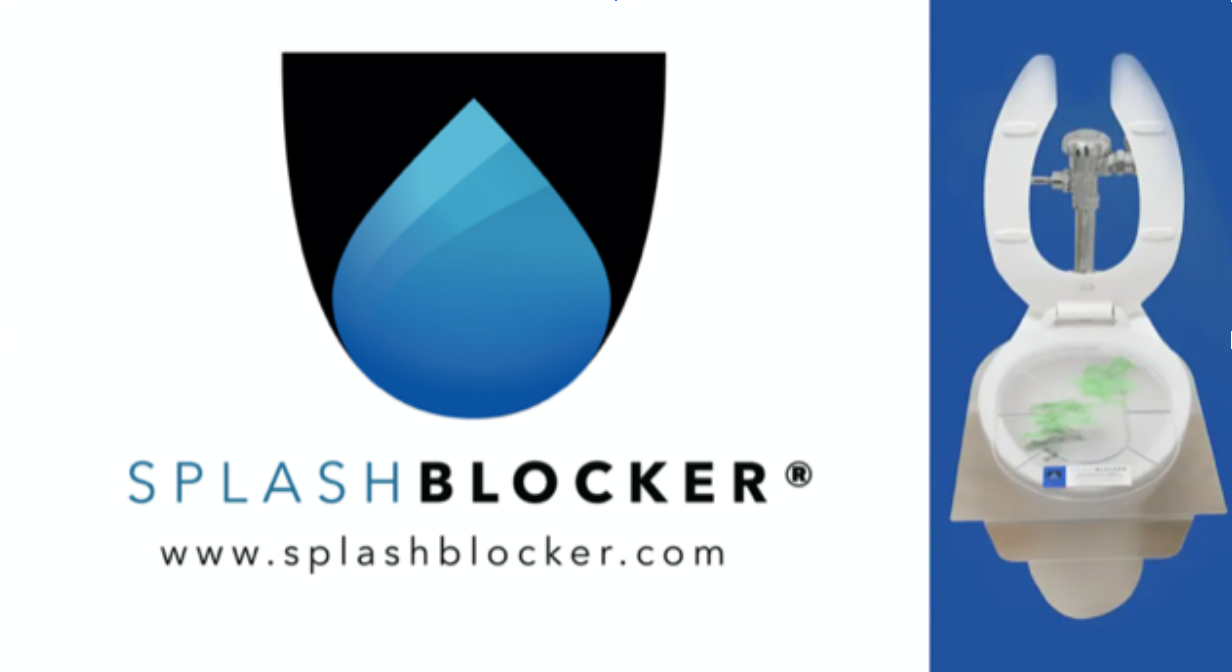Today in the chart
This Tool Helps Minimize Medication Name Mix-Ups
Currently, there’s no tool to help prescribers avoid mixing up drugs, but researchers have created a model to address the all-too-common mix-up of medications because they sound or look alike (SALA).

Keeping track of medication names, especially those that sound super similar, challenges clinicians daily, even if admitting makes you cringe. Medication errors are natural, though. No one can expect you to commit every OTC and prescription med to memory.
Finally, researchers are addressing the all-too-common mix-up of medications because they sound or look alike (SALA), according to FierceHealthcare. On Monday, at a meeting of the American Society of Health-System Pharmacists, the team presented a model that can predict and prevent the most probable SALA errors.
What the Medication Error Study Found
“Even well-trained healthcare professionals can mistake one medication for another with an almost identical name, ” said Qoua Her, an analyst at the Harvard Pilgrim Healthcare Institute, which led the research, in a statement. “Our new prediction model can potentially reduce critical errors by identifying high-risk sound-alike-look-alike medication pairs.”
Don’t you think this would ever happen to you or someone on your team? According to the ASHP, SALA errors result in 250,000 hospitalizations every year. Scarier still, in 2016, 55 reports of confusion between Brintellix, an antidepressant, and Brilinta, a blood thinner, caused two serious adverse events. (The FDA has since approved a name change from Brintellix to Trintellix.)
The study looked at 82 medication name similarities and seven product attribute measures with 40,000 samples of medication pairs. Using this data, the research team created a prediction model comprising 13 of the strongest predictors for potential medication errors. These included the medications having the same first letter of their name or coming from the same manufacturer. They then tested the model with 20,000 random pairs and found it highly accurate in identifying possible mistakes.
What is the research team’s next step? Designing a screening tool to evaluate newly approved medications for the potential of SALA confusion with existing medications that health systems can adopt for their clinicians. They also hope the tool will become part of assessing medication safety.
According to FierceHealthcare, the current strategy for preventing SALA errors depends on individual health systems. They often have their database, which may prompt alerts in EHRs, or they encourage clinicians to check the Institute for Safe Medication Practices (ISMP) List of Confused Drug Names.
Currently, there’s no universal resource for prescribers to avoid mixing up drugs, but this tool could change all that and even prevent any confusion from happening in the first place.
How Clinicians and Administrators Can Prevent Medication Errors
To avoid medication mix-ups, clinicians should always practice the “5 rights” of medication use: the right patient, the right drug, the right time, the right dose, and the right route of administration.
Healthcare administrators, on the other hand, should make sure the right systems are in place so clinicians can easily verify drug and patient information.
Per Medscape, start by:
- Making patient information (age, weight, allergies, diagnoses, and pregnancy status) readily available.
- Making the most up-to-date drug information readily available.
- Encourage communication and collaborative teamwork between all healthcare members, including the pharmacist and the patient.
- Educate about drug labeling, packaging, and nomenclature; limit look-alike and sound-alike drug names and confusing packaging.
- Standardize drug storage and distribution; restrict access to high-alert drugs.
- Educate about medication delivery device acquisition, use, and monitoring.
- Limit environmental risk factors, such as poor lighting, cluttered workspaces, noise, interruptions, nonstop activity, and deficient staffing.
- Improve staff competency and education.
- Educate patients about their drugs.
- Implement quality processes and risk management systems to identify, report, analyze, and reduce the risk of medication errors with a non-punitive culture.



.png)

